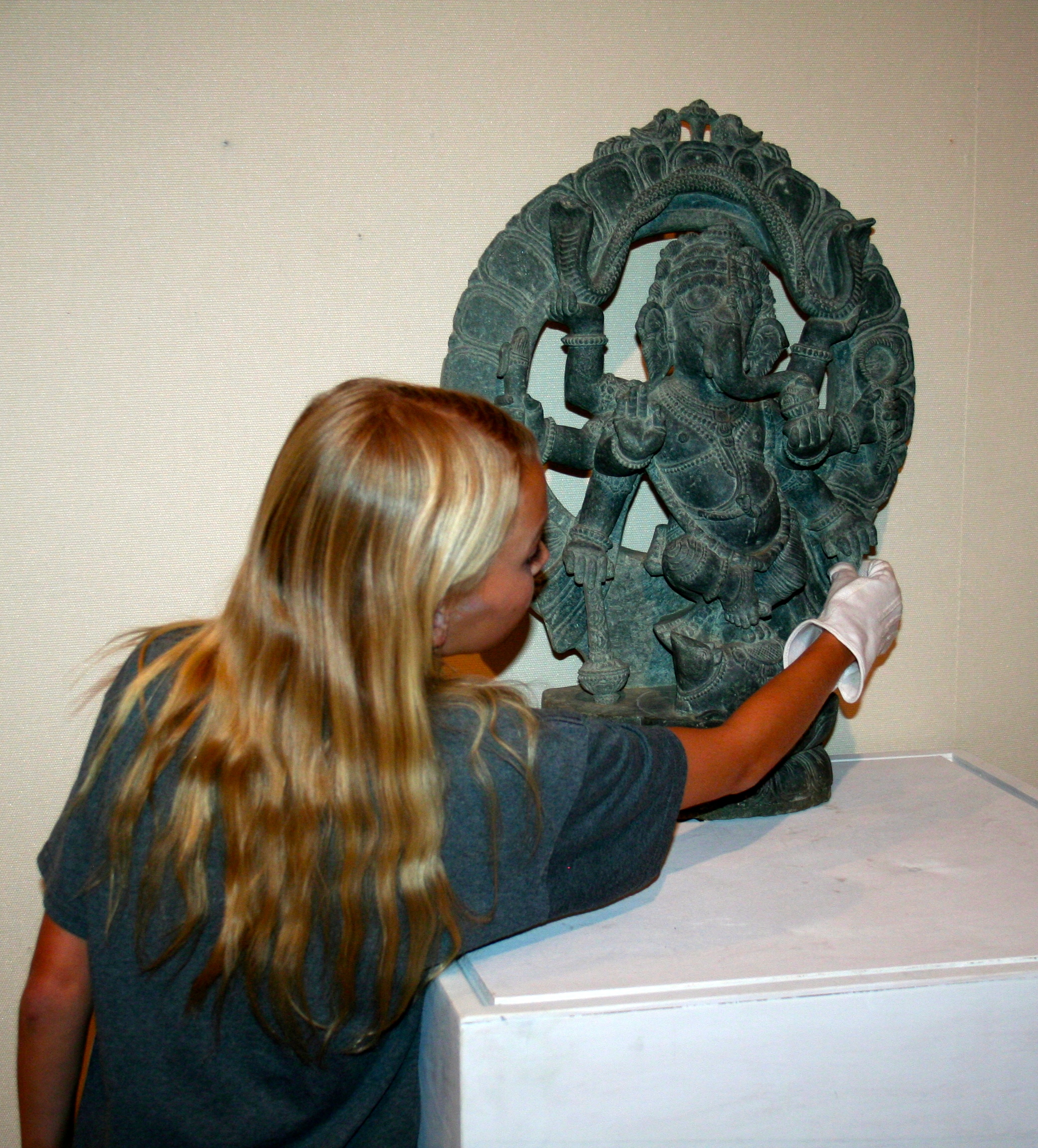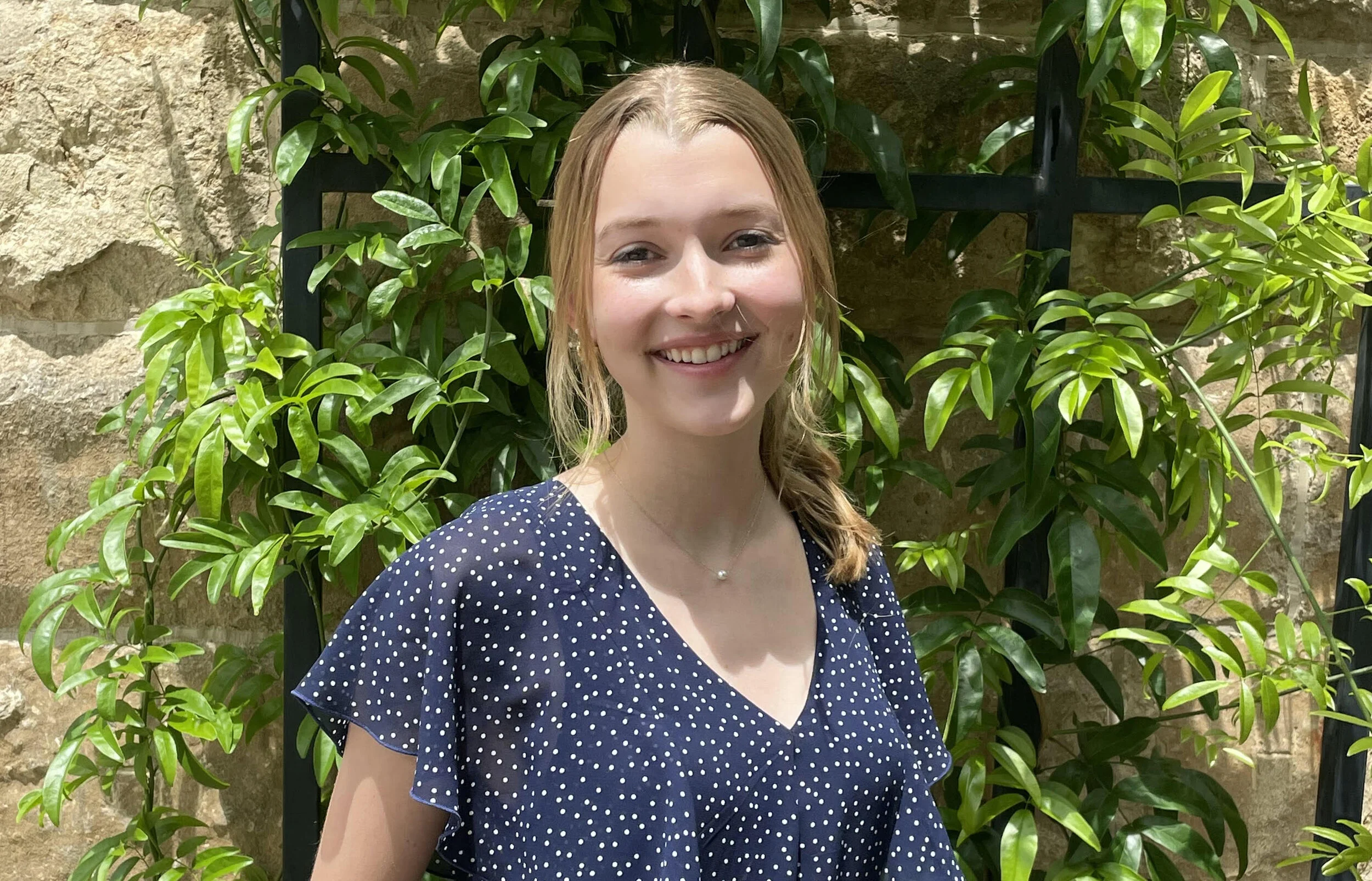“Remember boys, nothing on God’s green earth must stop the U.S. mail!”
- John Butterfield’s instructions to his drivers, September 16, 1858
In 1858 John Butterfield won a government contract of $600,000 a year to carry mail from St Louis to San Francisco twice a week. The contract called for the trip over the nearly 2,800 mile trail to be made within 25 days, and although mail was the first priority of the stage, passengers were also allowed to accompany the coaches, with the original cost of an east to west ticket being $200. The whole trip was a rather rushed affair, as the stops at stations along the way were usually no longer than ten minutes – the only exceptions being when they stopped for meals and sleep.
There were three Butterfield station stops located in the Albany and Abilene area. The first of these includes the Clear Fork Station, which is located on the east bank of the Clear Fork of the Brazos River. The well used by passengers is the only original structure still standing, and can be found today on the old Stribling place, which is now a part of Lambshead Ranch.
From the Clear Fork stop, the stage traveled southwest another 23 miles to Smith’s Station, which rested on the east bank of a nearby creek. At the time of the stage’s first run, this station was little more than a grouping of tents and a corral for the stock, but eventually a stone structure was built to provide more comfort. The creek itself got its name after the Butterfield stopped running and all that remained standing was the limestone chimney – and thus the stream became known as Chimney Creek.
The next stop was another 12 miles down the trail at Fort Phantom Hill. The Fort had been abandoned by the military in 1854 and most of the wood and thatch structures had been destroyed by fire. However, at least three stone buildings remained standing and these Butterfield made ready use of. Waterman Lily Ormsby Jr., a reporter from the New York Herald who traveled the Overland Mail as the only passenger on the stage’s first through trip, said that “Altogether, Phantom Hill is the cheapest and best new station on the route.”




Molly Sauder, Archivist & Librarian

























































































